Depending on where you live, you might have noticed a change in the skyline. More and more, private homeowners are installing solar panels on their roofs, dotting neighborhoods with new eye-catching accessories and piquing curiosity. What seemed like a sci-fi dream just 15 or 20 years ago has quickly become a reality for property owners across Ontario. From large industrial collectors dotting farmland in between cities, to small sets of panels on top of suburban homes, Ontario is moving towards a greener future using clean, renewable, solar energy.
But is it time for YOU to join in? Solar power has come a long way in the past few decades, offering better efficiency and power generation per panel, while at the same time, the cost of a commercial panel system has come down significantly. That said, a home panel system in the five kilowatt per hour range still costs somewhere in the neighborhood of $18,000. That’s a pretty big commitment for a homeowner thinking about going green. So how do you know if it is right for you?
Well, the general (and somewhat obvious) rule is, the higher your monthly bill, the more you stand to save by adopting solar power. If you pay a significant hydro bill every month, the money you save generating your own solar power rather than the grid, especially in the hottest and most energy intensive summer months, might make solar an investment worth your time. However, there are some important caveats and ideas to keep in mind while weighting your options.
Can your home support it?
First of all, you need to know if your home is going to get enough sunlight to generate a worthwhile supply of power. You’ll want to take your location, your roof space, nearby obstructions, and weather patterns into consideration. The government has helpfully assembled some confusing spreadsheets to help you gauge the photovoltaic potential of your area but if you’re seriously considering solar power it might just be best to consult a professional who can put together a personalized estimate of your home’s solar compatibility.
This is also a good time to consider the state and repair of your roof. You don’t want to lay down a bunch of panels this year, only to realize you need to re-shingle next year! If you are serious about solar power, you’ll want to be sure your home is in tip-top shape before you start installing anything.
On the plus side, a solar power system has been shown to significantly increase the resale value of a home. If the idea of a roof repair plus the installation cost of a solar system is starting to scare your pocketbook, you can take comfort in the knowledge that solar is big in real estate right now, meaning you’ll be able to make back the cost during a home sale if you decide to go that route later.
It’s not all cost
The interesting thing about solar power right now is that it isn’t all expense. Not only does solar power promise a long-term savings on energy costs, government incentives have added the potential to turn them into a source of additional income.
Ontario’s MicroFIT program, designed to subsidize the adoption of solar power, means solar energy can put more money in your pocket (after a few years anyway). Under the program, homeowners sign a contract that guarantees a certain rate per kilowatt hour for anywhere from 10-20 years (when introduced, that rate was as high as 80 cents an hour, now it is down to around 29 cents as more owners have signed up). Solar power generated by the panels but not used by the home, is sold back to Ontario Hydro at the agreed upon rate to help supplement the province’s widespread power needs. This means your panels are helping you save on power, doing a small part to move Ontario towards a greener tomorrow, and helping pay for themselves.
While homeowners have to personally foot the bill on the installation and maintenance of the panels, that initial cost is completely recovered within ten years or so (as of current rates). After that, any extra power generated by the panels means profit for the homeowner. Considering most high-quality solar panels last for 40 years or more, and that the demand for renewable energy will only increase into the foreseeable future as the cost of fossil fuels rise, you have a recipe for a pretty decent return for adopting early.
Think about the future
Another thing to consider is what kind of car you’re likely to be driving in ten years. As electric cars such as the Tesla Model 3 creep towards mass-consumer affordability, and the costs to fill up a traditional tank of gas steadily rise, it’s entirely possible that you’ll own an electric vehicle in the near future. With a solar power system, you can refuel your electric vehicle with your own supply of power instead of paying for it at the pump like you do now or juicing it off the grid.
You also need to consider what your power bill might look like in another five or ten years. Ask any homeowner and they’ll tell you they already pay PLENTY for hydro each month but the sad truth is that figure is only going to climb in the near future. While the idea of adopting solar power might not make sense when you’re paying $180 a month, it starts to look a lot more appealing around $300 or $400 (as some rural residents know all too well).
Solar power isn’t sci-fi magic. It’s not going to replace fossil fuels and traditional hydro overnight, but it is going to play a more important role in the future of energy. Whether you should jump in right now is a decision you’ll have to make for yourself but the future of solar certainly seems bright.


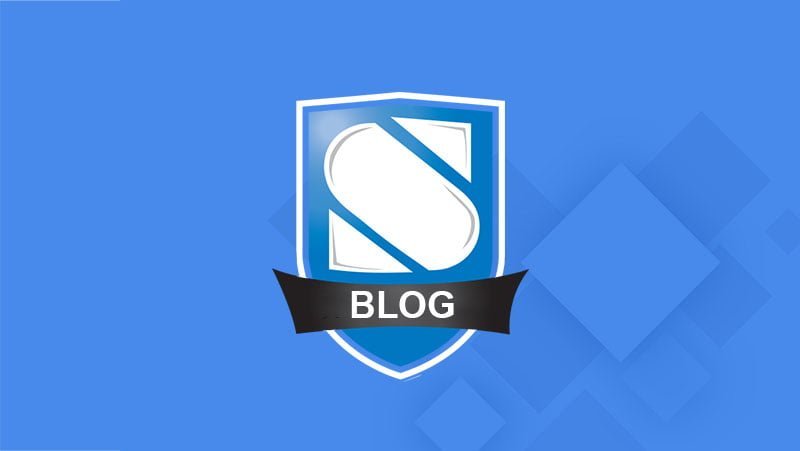

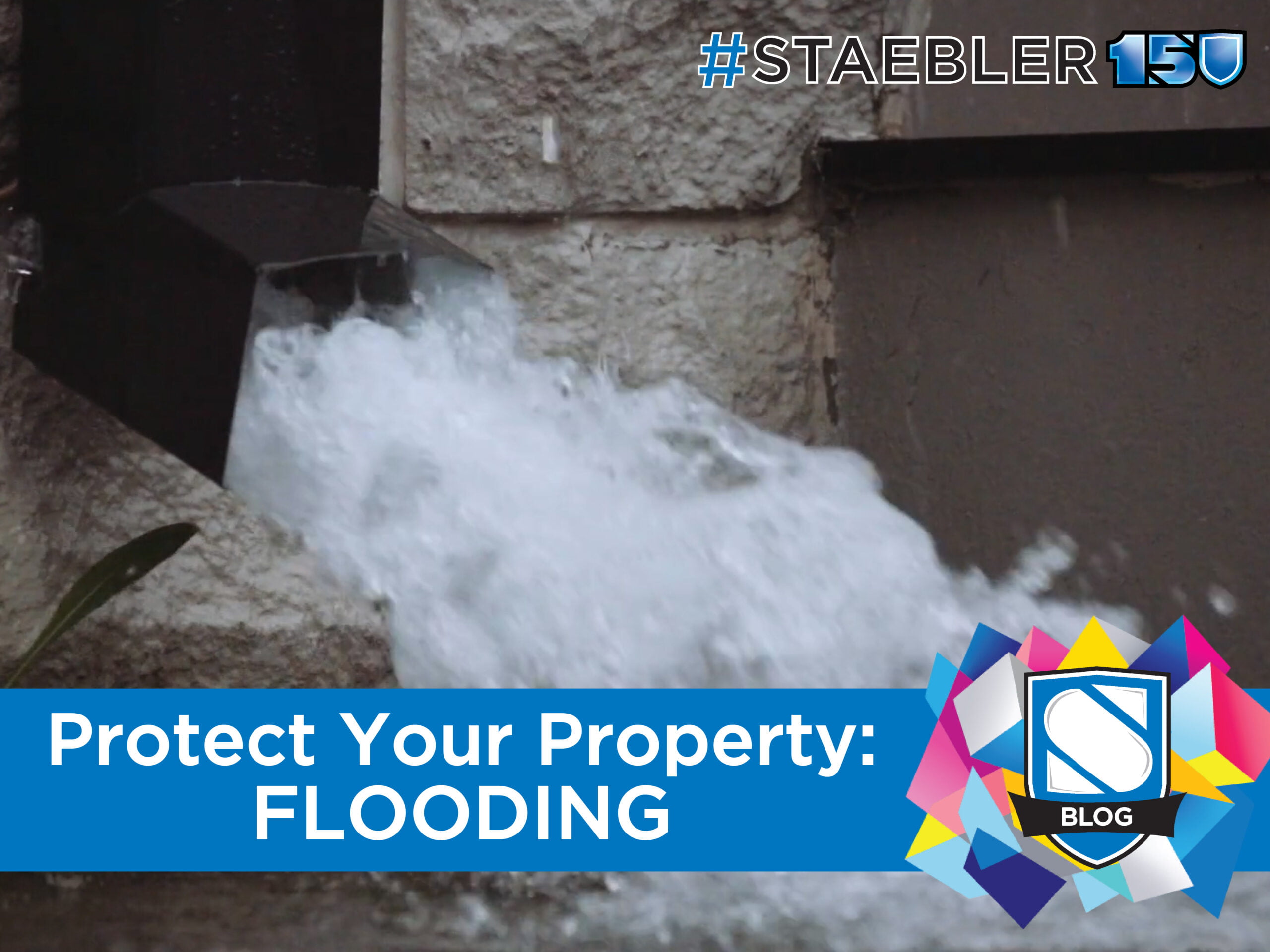
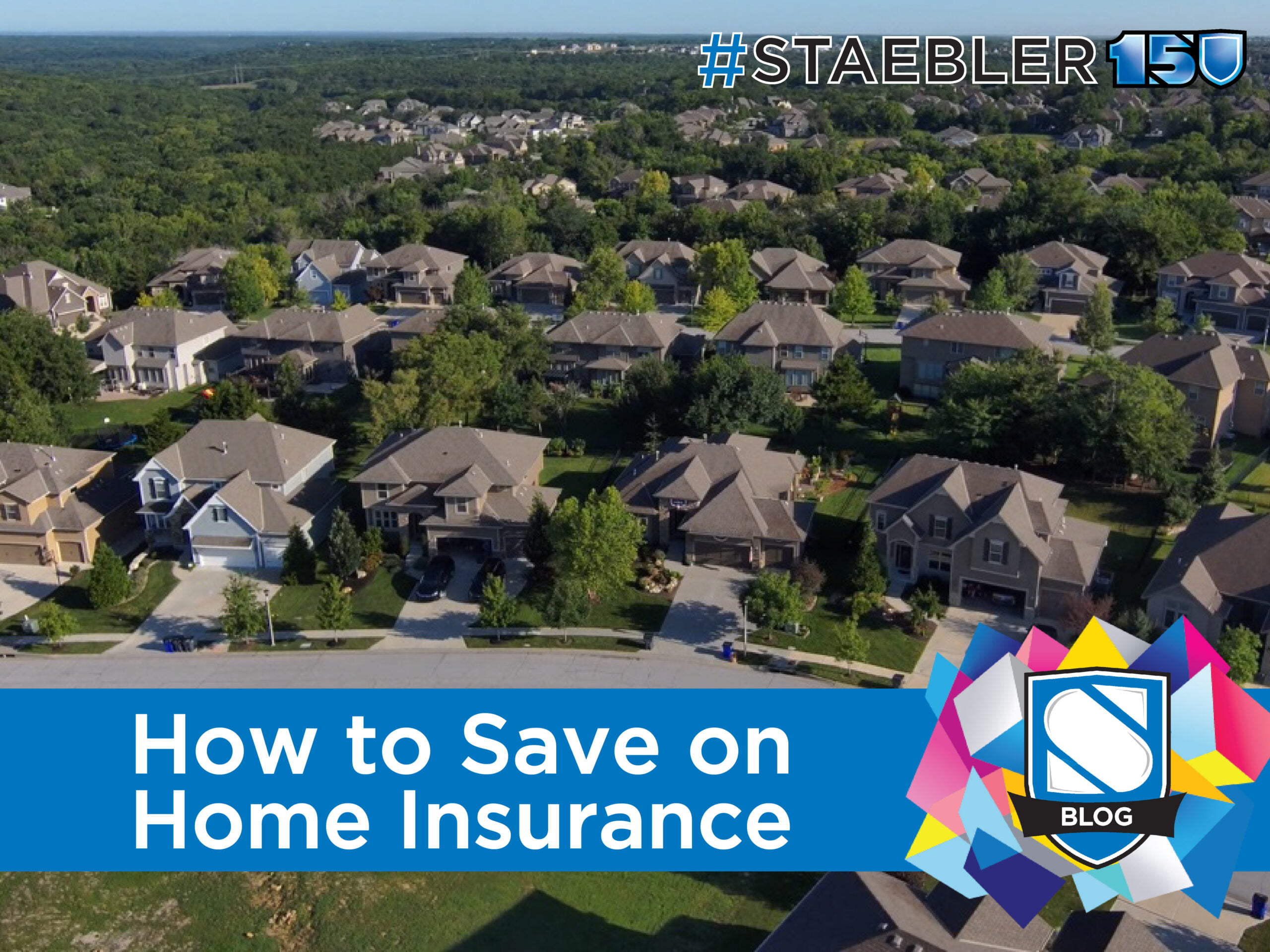
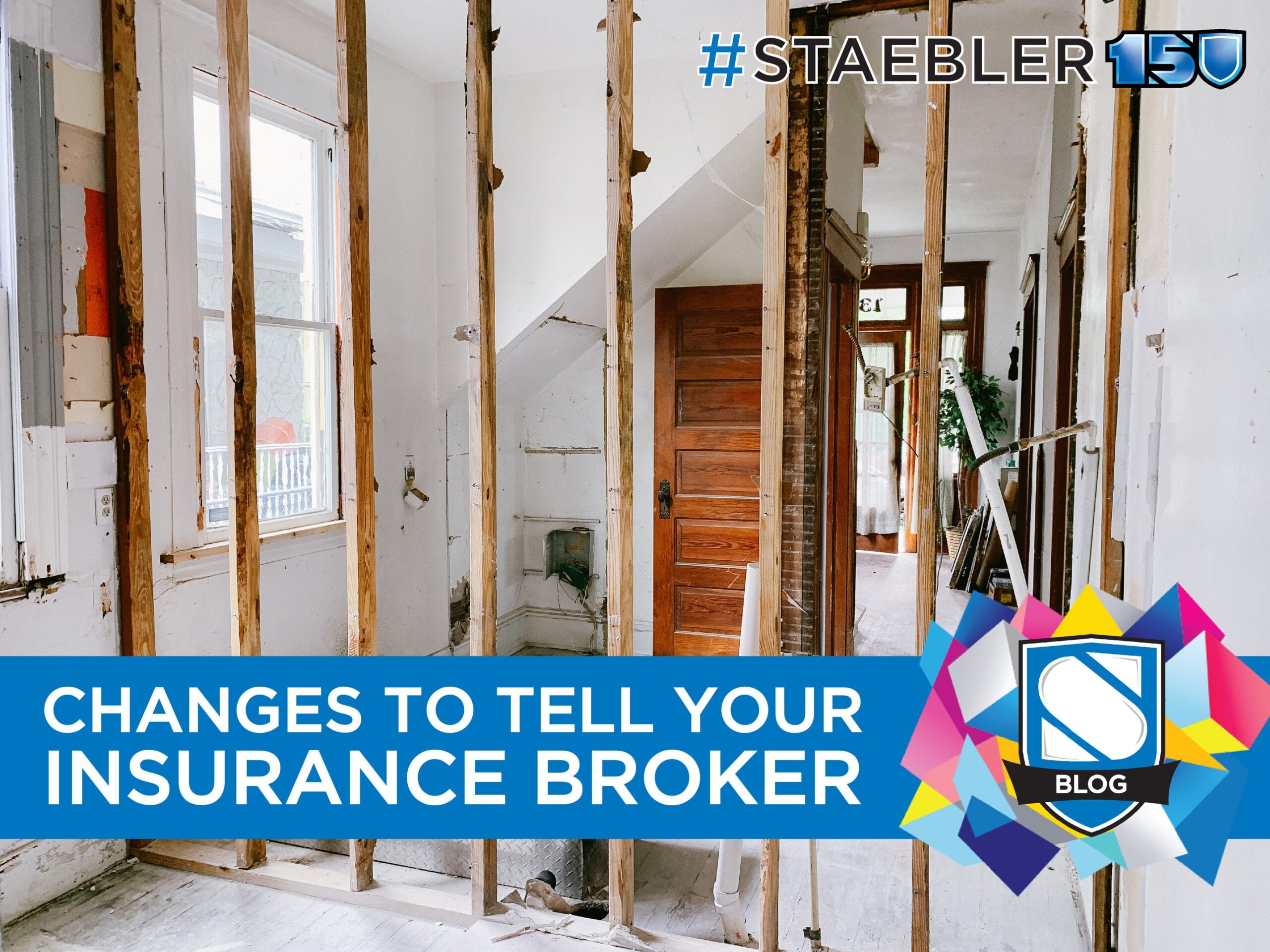
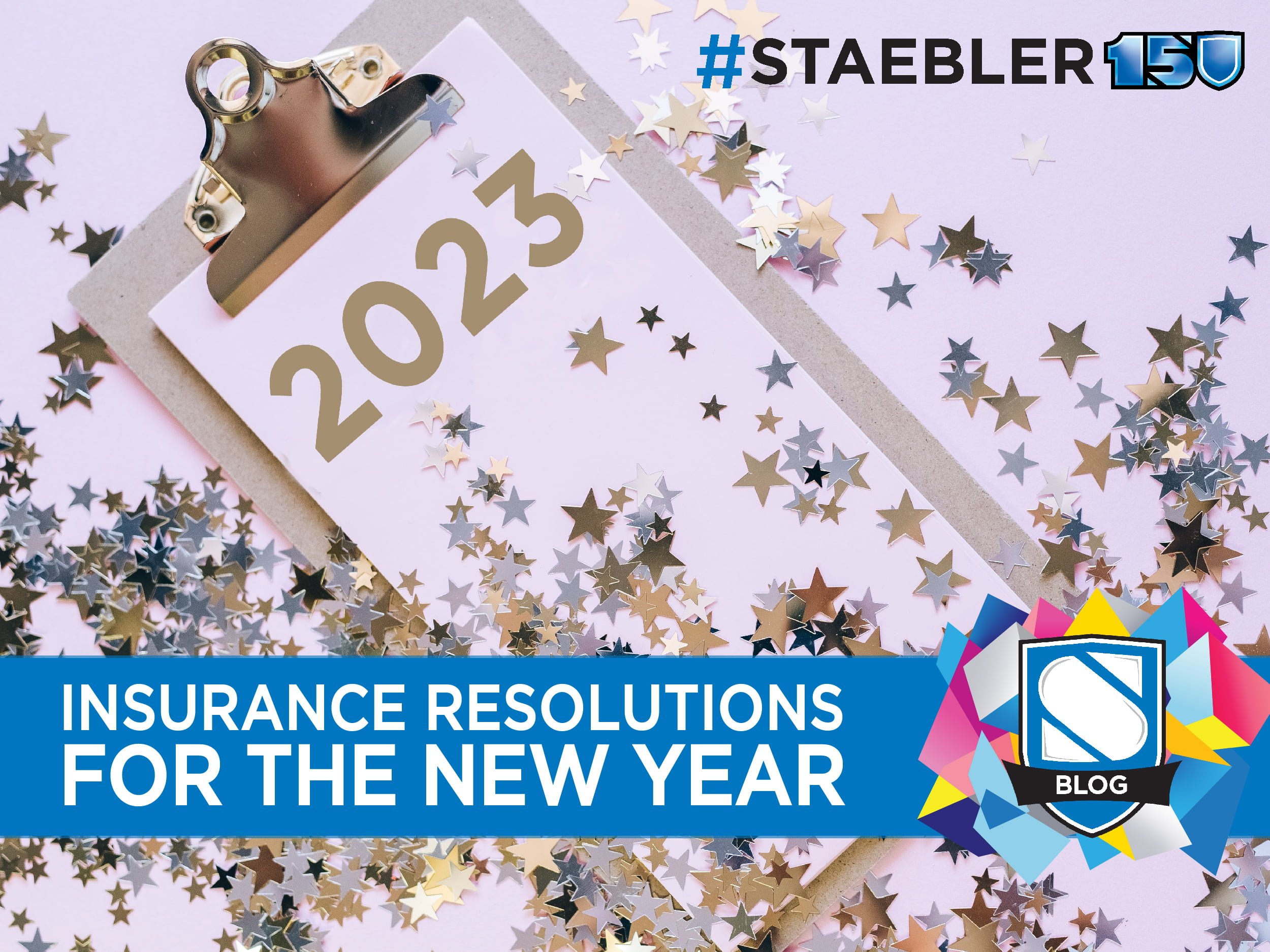

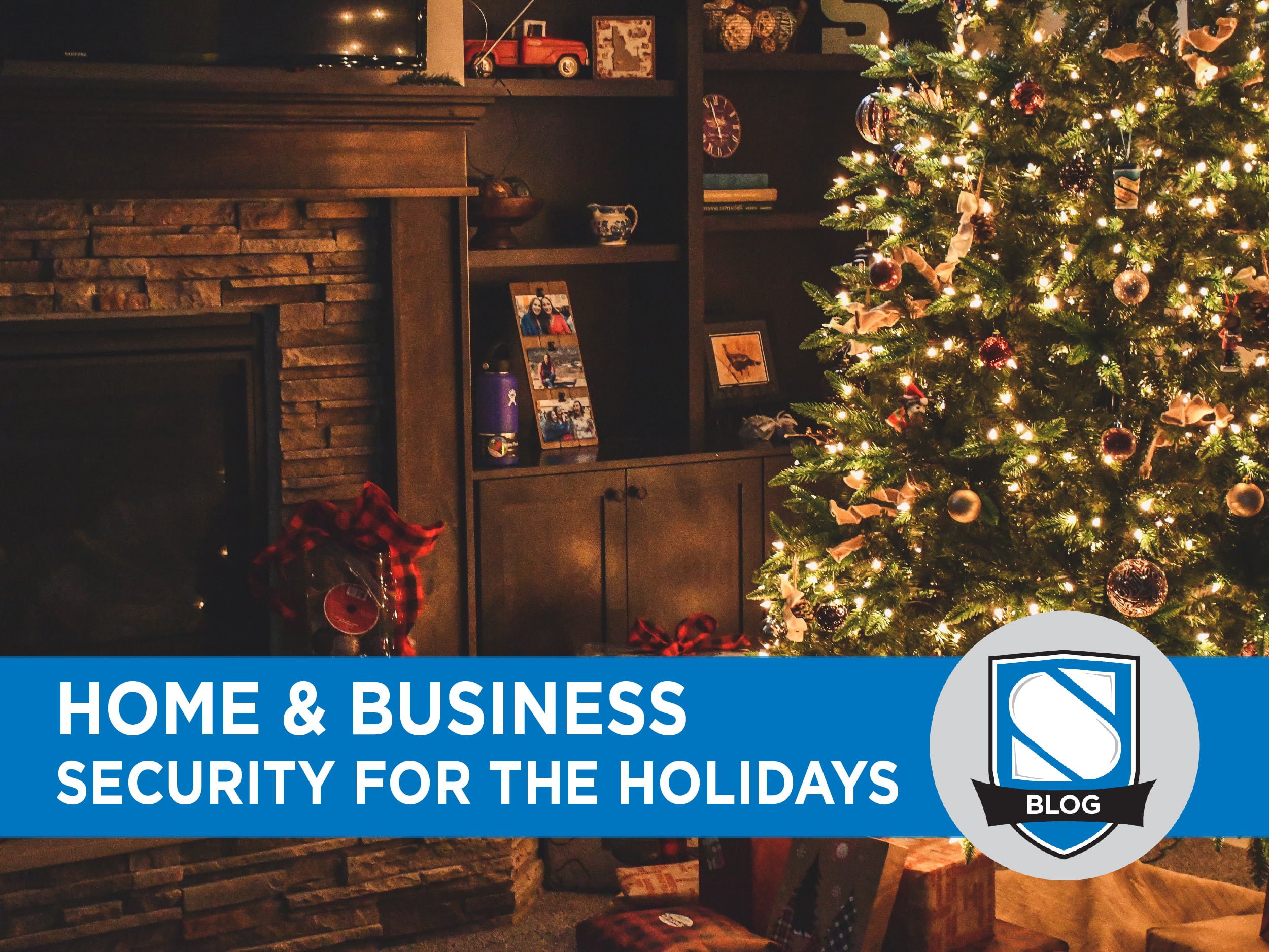


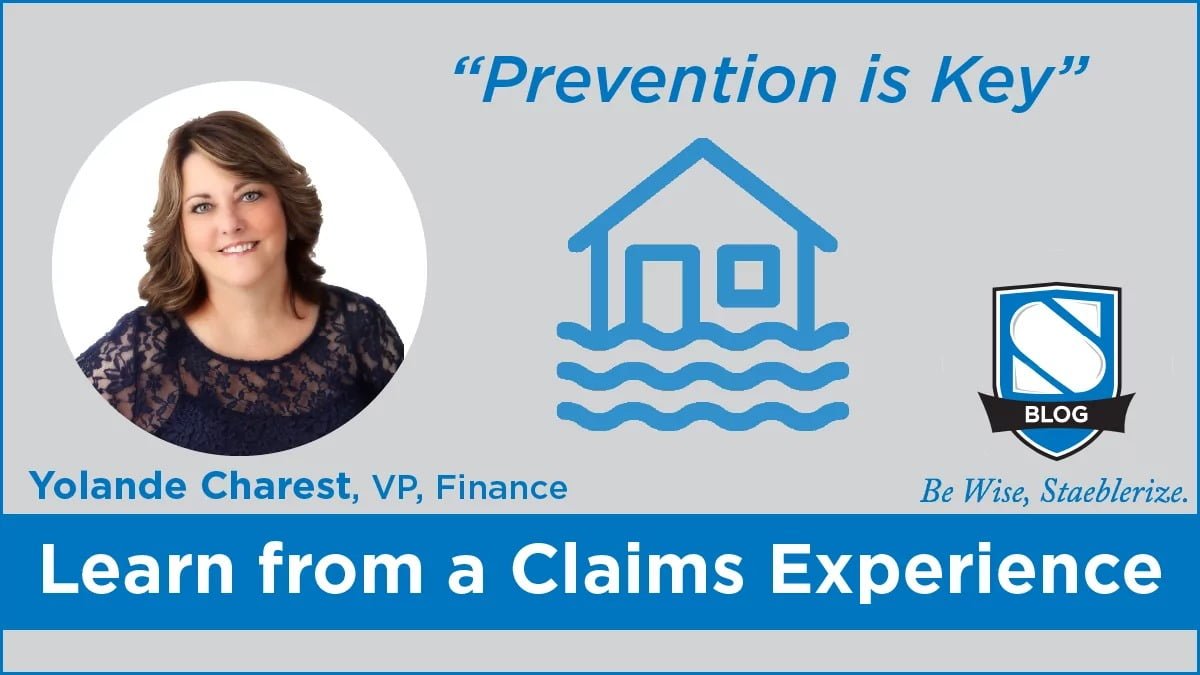

0 Comments